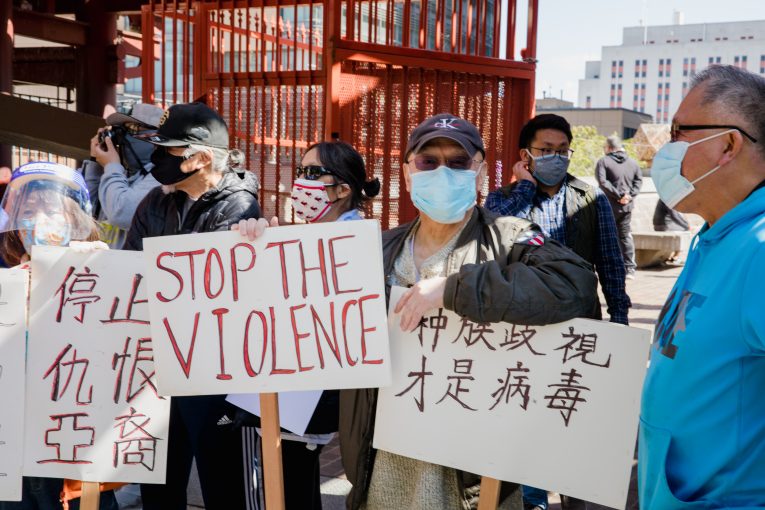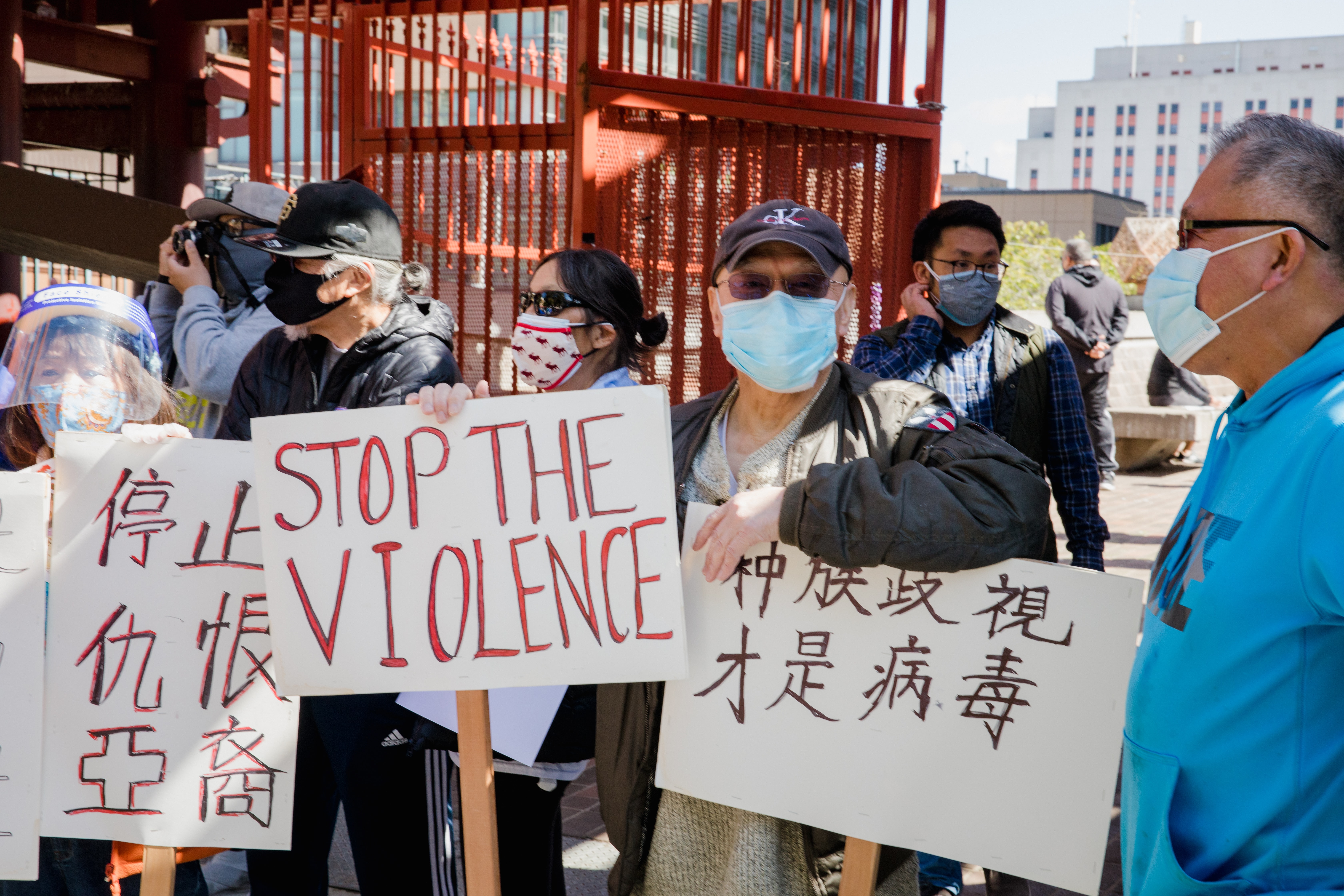

By Nemo Burgos
THE RECENT FOCUS on racial injustice has triggered urgent calls to overhaul the criminal justice system. Simultaneously, the COVID epidemic has seen an increase in Asian hate.
Asians are the fastest growing racial group in the country. Yet, Asians and Pacific Islanders (API) are largely left out of any conversation in mainstream studies of crime and incarceration. Contrary to popular belief, Asians are also caught in mass incarceration and the school-to-prison pipeline. Unfortunately, there is minimal data on this group in prison, which leads to their being overlooked and underserved.
Many people do not recognize racial profiling as radicalized bullying that drives Asian and Pacific Islander students out of schools and into prisons. The students affected tend to represent Southeast Asians from Cambodia, Laos, Vietnam, and nomadic Hmong. They represent the most recent wave of Asian immigrants who often lack the English skills to succeed in the school systems. Up to 42 percent of Southeast Asian males drop out of high school in Oakland, California. So, Asian students are either categorized as whiz kids or criminalized as gang members or terrorists. This clear exclusion of Asians and Pacific Islanders in the conversation leads to marginalizing them in prison, which reinforces toxic ideologies.
Criminalized Asians are often unheard and sometimes forced to be silent. The public sees mass media headlines like “The Asian Advantage,” “Asians Make It Big in America,” and “Asians Transforming the Face of US Wealth.” These headlines further the model minority myth of Asians faring well due to their innate intelligence, thrift, diligence, and law-abiding nature. This results in further making them invisible in prison and the justice system.
Federal public defender Harvey Gee notes, “APIs are scantily discussed in criminal law. They are limited to issues of immigration, gangs, culture, or victimhood. Despite emphasis on the criminalization of people of color, critical scholars and advocates barely incorporate APIs in the study of mass incarceration.” Even people sympathetic to civil rights resist mentioning Asians and civil rights in the same sentence. The model minority myth leads most to believe this group is prospering and cannot be included in racial inequality.
This idea causes debate within and beyond Asian and Pacific Islander communities. Some members of this group even feed into the stereotype despite the fact it means they’ll be overlooked and underserved. This furthers the idea that they are exclusively law-abiding and uninvolved in the criminal justice system. Nevertheless, the numbers of Asian prisoners increased by over 250 percent between 1990 and 2000. Between 1990 and 2004, their numbers in prison surged by 30 percent, climbing from 9,825 to 12,799. Yes, there are still significantly more white and black prisoners, but they have only increased marginally (whites by 2.5 percent and blacks by 1.9 percent during the same time frame). Asians and Pacific Islanders clearly need to be part of the conversation and the solution.
Numerous scholars argue that the emphasis on positive Asian stereotypes results in taking away from the serious issues of racial inequality and the invisibility of Asians and Pacific Islanders in prison.
A new fear arose in the 1980s: Perhaps Asians were actually superior. Japan had become the second-largest world economy, and their cars took over the roads and their products the shelves. China began its ascent toward becoming today’s economic superpower, and both South Korea and Taiwan were on an upward trajectory. At the time, pundits observed Asians might in fact be smarter, more industrious, more disciplined, more driven, and worse, willing to work for a lot less. This model minority label continues into the 21st century with dire consequences. Asian success has fomented a new kind of resentment that led to today’s explosion of Asian hate. There is a fear Asians seem to be taking over enrollment at elite universities and dominating high-paying job sectors such as engineering, medicine, and high tech. It’s come to the point where many observers suspect the existence of invisible discriminatory caps to limit Asians, referred to as the “bamboo ceiling.”
Today, Asians are often seen as tech geeks, math wizards, or book nerds. In the worst cases, they are referred to as the “yellow plague,” stealing jobs from real Americans. They are called gangsters and even blamed for COVID. We have heard prominent politicians refer to COVID as “Kung Flu” or the “China Virus.”
Martin Luther King Jr. once said, “We may have all come on different ships, but we’re in the same boat now.” Asians and Pacific Islanders should also be seen and served.
(Sources: Caitlin Curley, How Profiling in Schools Feeds the School to Prison Pipeline, 2016; Guofang Li, Other People’s Success: Impact of the Model Minority Myth on Underachieving Asian Students in North America, 2005; National Council on Crime and Delinquency, Asian/Pacific Islander Symposium, 2001, 2007; Angela E. Oh & Karen Unemoto, Asian Americans and Pacific Islanders: From Incarceration to Re-entry, 2005; Hon H. Tieu, Picturing the Asian Gang Member Among Us, UCLA, 2006; Alex Tizon, Big Little Ma: In Search Of My Asian Self, First Marine Books, 2018)





